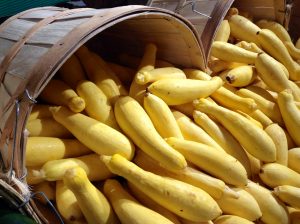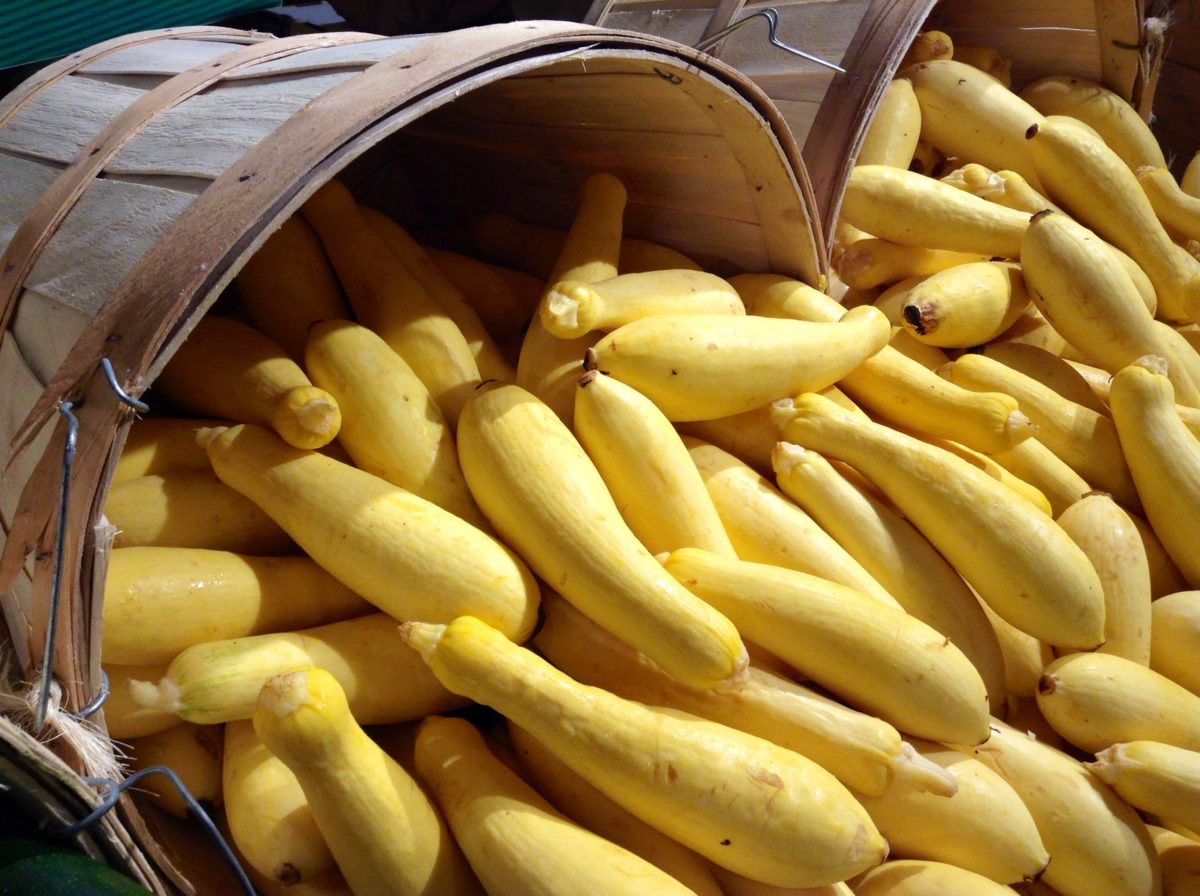 Trap-cropping is an organic method to combat pests that has been tested with several different crops in Alabama. Ayanava Majumdar, an Extension entomologist for the Alabama Cooperative Extension System, has recently been testing different trap crops in yellow squash. Last year, he studied sorghum and sunflower to combat leaffooted bugs and stink bugs in vegetable systems. This year, he is trying to find trap crops to protect squash.
Trap-cropping is an organic method to combat pests that has been tested with several different crops in Alabama. Ayanava Majumdar, an Extension entomologist for the Alabama Cooperative Extension System, has recently been testing different trap crops in yellow squash. Last year, he studied sorghum and sunflower to combat leaffooted bugs and stink bugs in vegetable systems. This year, he is trying to find trap crops to protect squash.
According to Majumdar, Alabama squash growers routinely face three major pests: cucumber beetles, squash bugs and squash vine borers. Cucumber beetles come early in the season, while squash bugs usually arrive mid to late season. Squash bugs can come in heavy migrations. They can also transmit cucurbit yellow vine decline disease, which can weaken the plant tremendously at a critical time in the growing season. Squash vine borers are most visible in times of drought.
To stop these pests, Majumdar has been using Baby Blue hubbard and New England hubbard. Hubbard is a winter squash that produces huge fruits. It is a vigorously growing crop that is very attractive to insects.
Majumdar says he has been using hubbard as a perimeter trap crop, meaning he has been planting two rows of hubbard outside of the yellow squash. The yellow squash varieties he is using in this research are Destiny, Prelude and Dixie.
It is important to plant the trap crop ahead of the main crop, so the insects can start migrating to the trap crop before the main crop even starts growing, advises Majumdar. Once hubbard starts leafing out, the insects will immediately be attracted to the leaves. “They will really feed on that hubbard and completely ignore the yellow squash,” he says.
Majumdar has seen a major reduction in the targeted pests in the yellow squash since testing with hubbard. “(We’ve seen) almost 20 percent reduction in beetle numbers early in the season … almost a 70 percent reduction in squash bug adults, and a 90 percent reduction in squash bug eggs,” he says.
Trap-cropping with hubbard does take up space, but it is important for it to be planted closely with the yellow squash.
According to Majumdar, the only downfall to using hubbard is it is a very disease-susceptible plant, so growers have to keep an eye on it.
This research is still an ongoing project. Majumdar is hoping to test different trap crops with yellow squash in the future.
Hear Majumdar’s comments:
Share this Post










